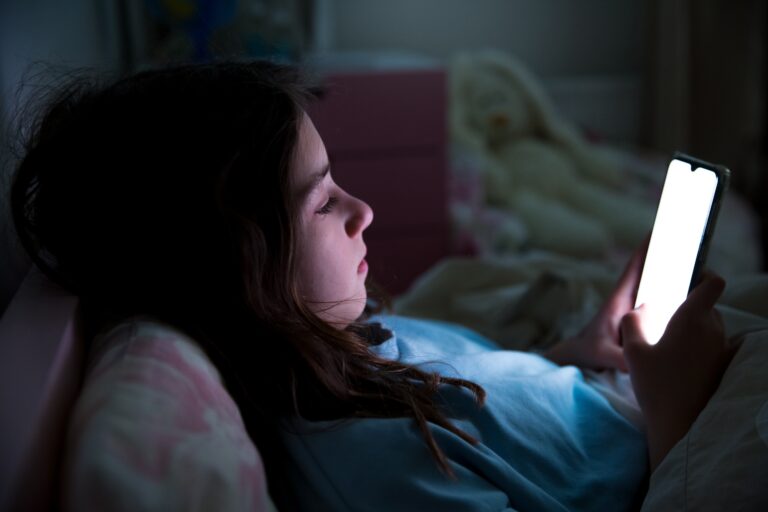New Sexting Guidance for Children Announced
In recent years sexting has come to be seen by children and young people as a part of flirting. Most children do not consider sexting to be an issue and it appears to have become part of normal teenage behaviour.
Sexting is a criminal offence involving under 18’s
Producing and distributing sexual images of anyone under the age of 18 years old is a criminal offence and this includes the situation where children and young people under the age of 18 are sending such images to each other. Any reports of these incidents reported to the police are therefore recorded as a crime.
Where under 18’s themselves are found to have been producing and distributing sexual images their names can be recorded on the police national database for up to ten years, even if no charges are brought against them. This can then have repercussions in later life when applying for university and employment.
Between 2012 and 2014 a freedom of information request by one of the main newspapers revealed that over 1000 teenagers had been investigated for sexting by the police.
Sexting guidance is therefore now in the early stages of being developed by the police in England and Wales, the idea behind it being to avoid criminalising children that are found to be sending indecent images to one another.
This follows a news report last year of a 14 year old boy who sent a nude image of himself over a messaging service to a girl of the same age that he had been flirting with. The incident was recorded as a crime of making and distributing an indecent images by Greater Manchester Police even though the boy had sent it himself. The boy was warned that if he applied for a job in the future where a criminal record check was required it could be disclosed thereby affecting his job prospects.
Who is the guidance for?
The new guidance will be sent to schools and police in England and Wales by the National Police Chief Council (NPCC) to assist in deciding how to address the issue and when cases of sexting should be reported. Such incidents will take into a range of factors such as the age of the victim, the level of coercion involved and the degree of nudity in the images.
Deputy Chief Constable Olivia Pinkney of the NPCC stated that “these incidences do not need to be reported in every situation…parents and professionals can use their own judgement on when to involve the police.”
Minor incidents would instead be passed to counsellors or social workers but would not result in children being prosecuted.
How else can the issue be addressed?
It is essential that intervention takes place as early as possible to protect children from the dangers of sexting. This can be done in a number of ways;
a. Education in schools
To specifically address the issue of under 18’s sending sexual images to one another further teaching in schools is required so that children are aware of the risks of sexting and the damage that can be caused by it.
b. Education by parents
It is also important for parents to understand the risks that are associated with sexting so that they can advise their children and their children can approach them if they have been a victim of sexting.
Impact of the new guidance for children
This new guidance has to be welcomed because sexting is a reality and a part of children’s lives that
needs to be addressed. It is hoped that the new guidance will work towards preventing children in the
future from becoming both victims and perpetrators of sexting.
To learn more about the dangers of sexting and to download our sexting safeguarding toolkit, visit our #ChildAbuseInTheDigitalAge campaign page.










